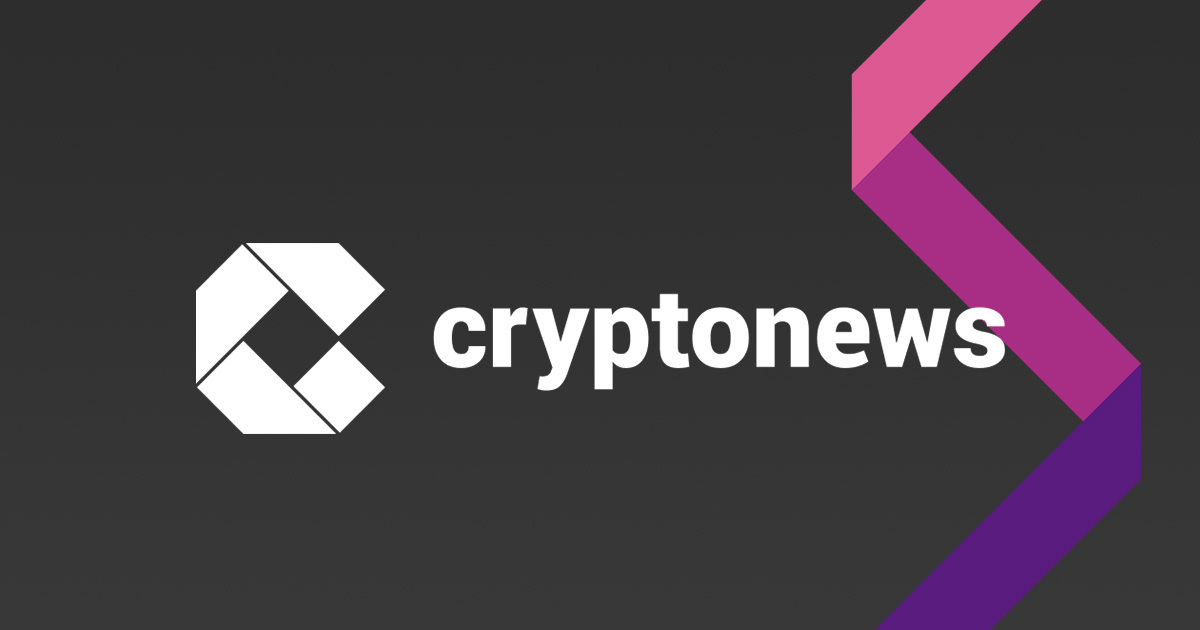Farcaster Co-Founder Critiques Twitter Clones: Innovation Over Imitation

Decentralized social media protocol Farcaster has emerged as a prominent player among several burgeoning Twitter alternatives, both on-chain and off-chain.
However, Dan Romero, the co-founder of Farcaster, does not view his decentralized social app as a competitor to Elon Musk’s Twitter, which is now called X.
“I don’t think anything is working as a Twitter alternative,” he said in a recent interview.
Twitter Clones Won’t Find Success
Romero emphasized that attempting to replicate Twitter’s model would not lead to success, citing the example of Meta (formerly Facebook).
Despite Meta’s vast resources and distribution, their Threads feature has failed to make a significant dent in Twitter’s dominance.
Romero believes that public square conversations, in a format similar to Twitter, still predominantly occur on Twitter.
You’re hiding an entirely new developer paradigm underneath that Twitter clone of yours, are you not? pic.twitter.com/4KY5pyx9Oe
— Dan Romero (@dwr) February 8, 2024
Farcaster has grand ambitions, seeking to reach a billion daily active users—an ambitious goal considering the platform currently boasts over 160,000 signups, according to data from Dune.
Romero firmly believes that achieving such widespread adoption requires a fundamental reimagining of the social media paradigm.
“What we are doing with Farcaster is trying to build something new and different,” emphasizing their focus on cultivating the largest community of developers.
Farcaster’s Developer-First Ethos
The introduction of Frames, a feature that enables users to play games, mint NFTs, and make purchases within the social media feed, garnered significant attention for Farcaster.
This innovative concept quickly gained traction, thanks to the platform’s popularity among blockchain developers.
Jesse Pollak, creator of Coinbase’s Ethereum layer-2 network Base, echoed Romero’s sentiments.
The majority of Frames on Farcaster have been developed on Base, sharing a similar developer-first ethos.
Pollak praised Farcaster’s emphasis on attracting talented developers and providing them with powerful tools, a strategy he believes will lead to the creation of remarkable features that can captivate millions and billions of users on the blockchain.
“If we attract amazing developers and we give them great tools, they’re going to build incredible things that we can’t even imagine,” he said.
“And that’s what’s going to lead to millions and millions and billions of people on-chain.”
In his view, despite the crowded landscape of companies vying to fill the void left by Elon Musk’s Twitter presence, Farcaster stands out as the current market leader.
“The thing that they uniquely have is Frames. The open application platform that is being built around Frames—that’s something that none of these other platforms or ecosystems have.”
While competitors may attempt to imitate or replicate Farcaster’s success, Pollak remains bullish on the platform’s ability to attract top-tier developers and continue its growth trajectory.
As reported, the number of daily active users on the decentralized social protocol Farcaster surged to nearly 30,000 on February 4, 2024, a nearly tenfold increase since January 26.
The surge came after the introduction of Frames, which enables users to take any post, aka ‘Cast’ in the protocol’s terminology, and turn it into an interactive application, allowing them to superimpose polls, live feeds, mint NFTs, play games and perform many other interactions.




